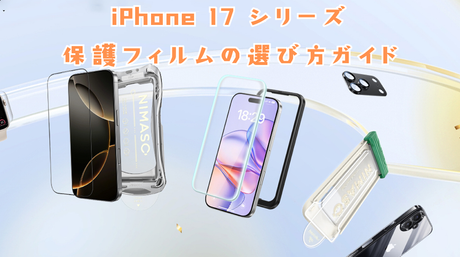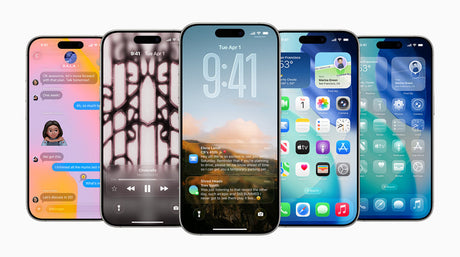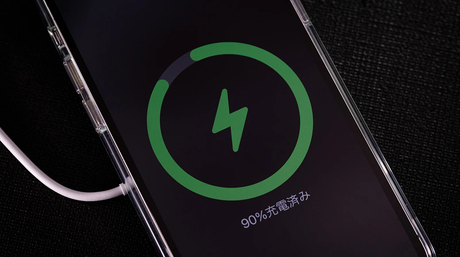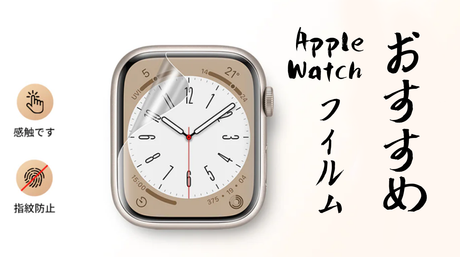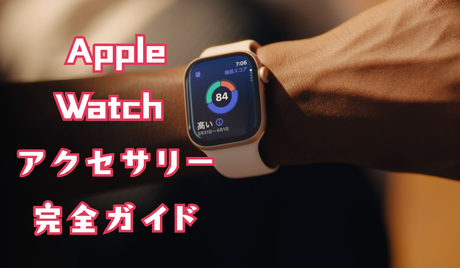"I dropped my smartphone from my pocket and the screen shattered..." Everyone has probably experienced that heart-stopping moment at least once. In recent years, smartphones have become more powerful and stylish, but at the same time, their glass displays are extremely delicate. Repair costs often exceed 20,000 yen.
Smartphone screen protectors can prevent such tragedies from happening. However, not just any screen protector will do. The material and application method can make a big difference in the protection and comfort of your phone.
In this article, we'll use NIMASO's film as an example to thoroughly explain the characteristics of the material, how to choose it, and key points for application. We'll also introduce tips for protecting your smartphone without the hassle of bubbles or cracks.
table of contents
Which material is the strongest? Screen protector material
The risk of your screen cracking! Everyday pitfalls and tips to prevent them
The secret to zero bubbles! How to avoid mistakes when applying stickers
Summary: How to choose wisely and make it last longer
Which material is the strongest? Screen protector material
Although screen protectors have the same purpose, their characteristics and usability vary greatly depending on the material they are made of. Let's compare the benefits and points to note for three common types of screen protectors.
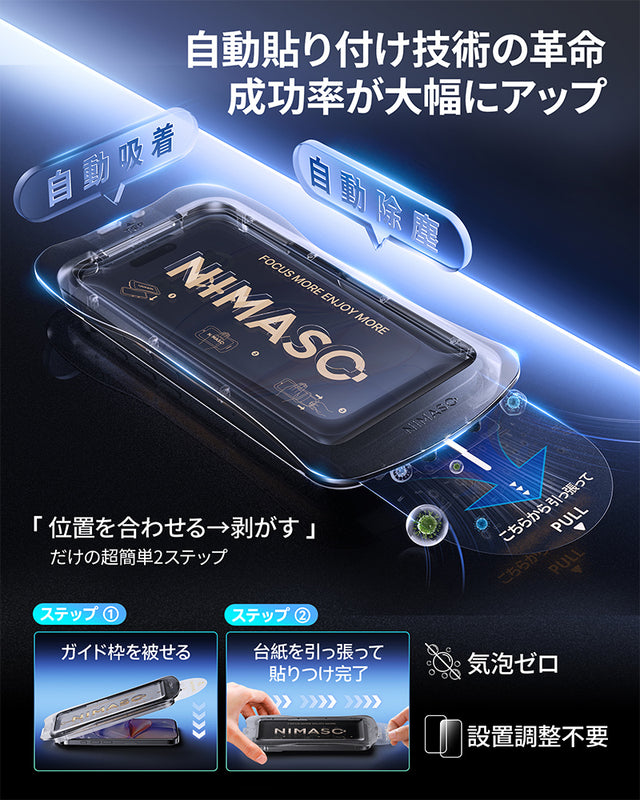
NIMASO Tempered Glass Film for iPhone 17/Pro/Pro Max/Air with Automatic Dust Removal Guide Frame (2-Pack)
[Highly sensitive touch, 99% transmittance] The ultra-thin film of approximately 0.33 mm maintains high touch sensitivity while minimizing discomfort when worn.
tempered glass film
It's highly resistant to scratches and scuffs, and offers excellent visibility and operability. NIMASO's glass film provides solid protection from everyday damage without impairing the screen's clarity. Because it's thick, it's a good idea to check the compatibility with your case and the strength of the edges beforehand.
TPU (thermoplastic polyurethane) film
It is highly flexible and has excellent shock absorption capabilities when dropped. However, the surface is prone to small scratches and tends to yellow over time. Recommended for those who value lightness and softness.
PET (polyester) film
It's thin, lightweight, and offers excellent cost performance. It's resistant to everyday scratches, but not very strong against impacts. This film is suitable for those who want simple protection.
What does "9H hardness" mean?
The "9H" rating, which is often seen when selecting a screen protector, is an index of surface hardness based on the pencil hardness test. In this test, the surface is rubbed with a pencil lead ranging from H to 9H, and the hardest rating that does not scratch is defined as "9H."
In other words, it has extremely high scratch resistance, meaning that it cannot be scratched even with a 9H pencil. However, this is only resistance to scratches, and is different from resistance to impacts from drops.
NIMASO's glass film has a 9H hardness rating, a multi-layer structure that disperses impact, and rounded edges to protect against everyday impacts and the risk of breakage. The first step in making a smart product selection is to check not only the hardness but also the overall structural design.
For more information, see " Which is best for me? NIMASO Tips "

NIMASO Blue Light Blocking Window Film for iPhone 17/Pro/Pro Max/Air, Reduces Eye Strain, Includes Guide Frame (2-Pack)
Blue light blocking reflective technology significantly reduces blue light, reducing strain on the eyes and making it effective for those who look at screens for long periods of time.
The risk of your screen cracking! Everyday pitfalls and tips to prevent them
Not only when you drop your smartphone, but even a little carelessness in everyday life can cause the film to break. You need to be especially careful in the following situations.
-
Dropping: If the device is dropped from a desk or pocket, the edges of the film may crack.
✔Countermeasure: Use a 3D film that covers the entire screen or a shock-resistant case. -
Rubbing: The film may be scratched by rubbing against hard objects such as keys or coins in a bag or pocket.
✔ Solution: Don't carry your smartphone with hard objects such as keys, and use a notebook-style case -
Edge cracks: If the edges of the screen are not protected, they will often crack from the edges when dropped.
✔Solution: Choose a film that covers the entire surface. -
Temperature changes: High temperatures inside a car or low temperatures can accelerate the deterioration of film materials.
✔ Precautions: Avoid direct sunlight and extreme temperatures. -
Regular inspection: If small cracks or gaps are left unattended, they can lead to further damage.
✔ Solution: If you find any abnormalities, replace them as soon as possible.
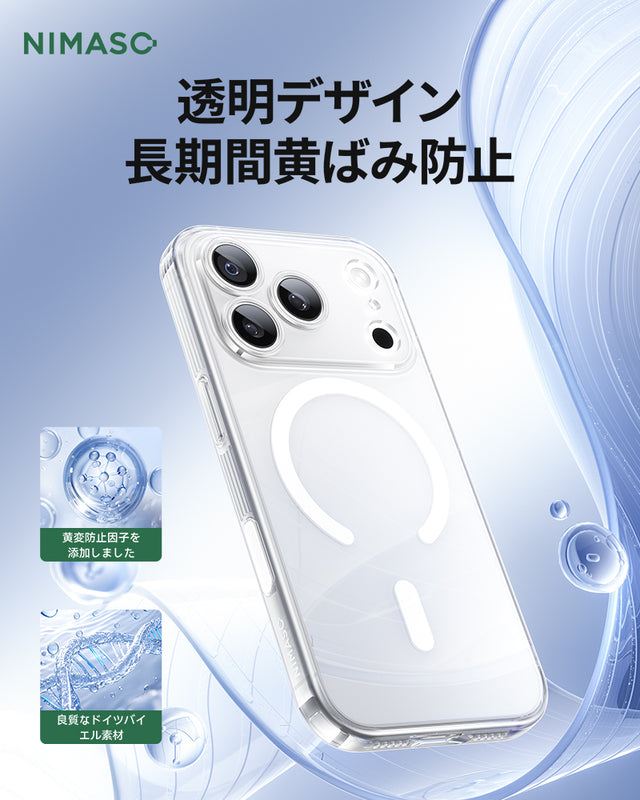
NIMASO Clear Case for iPhone 17/Pro/Pro Max/Air, MagSafe Compatible, Anti-Yellowing, Shockproof, with Camera Control Button (Shimizu Series)
[High transparency and anti-yellowing] Made of high-quality thermoplastic polyurethane (TPU) material, it is less likely to yellow over time than conventional cases.
The secret to zero bubbles! How to avoid mistakes when applying stickers
The working environment and procedure are important for applying the screen protector beautifully. If you follow the steps below, you can expect an ideal, bubble-free finish.
- Prepare your environment: Work in a place with less dust, such as the bathroom.
- Clean the screen: Carefully remove fingerprints and dust using the included alcohol wipes and microfiber cloth.
- Alignment: Carefully align it to the center of the screen and apply it slowly.
- Press out air bubbles: Use the spatula provided to press out air bubbles from the center outwards.
What to do after pasting
- If small bubbles occur, they may disappear if you press lightly and wait for about 24 hours.
- If dust gets in, lift the edge slightly and remove it with the dust removal sticker provided.
- In the unlikely event of a failure, you can rely on NIMASO's 1-year product warranty .
Summary: How to choose wisely and make it last longer
The performance of a smartphone protective film is determined by three factors: material selection, application method, and daily care.
- Choose the right materials: Following the right procedures in a low-dust area will minimize the risk of failure.
- Apply carefully: Carefully remove fingerprints and dust using the included alcohol wipes and microfiber cloth.
- Take care in daily handling: Using a case and avoiding temperature changes can help extend the life of the film.
If you have any concerns about application, please feel free to contact NIMASO customer support . With high-quality film and proper usage, you can protect your precious smartphone.






